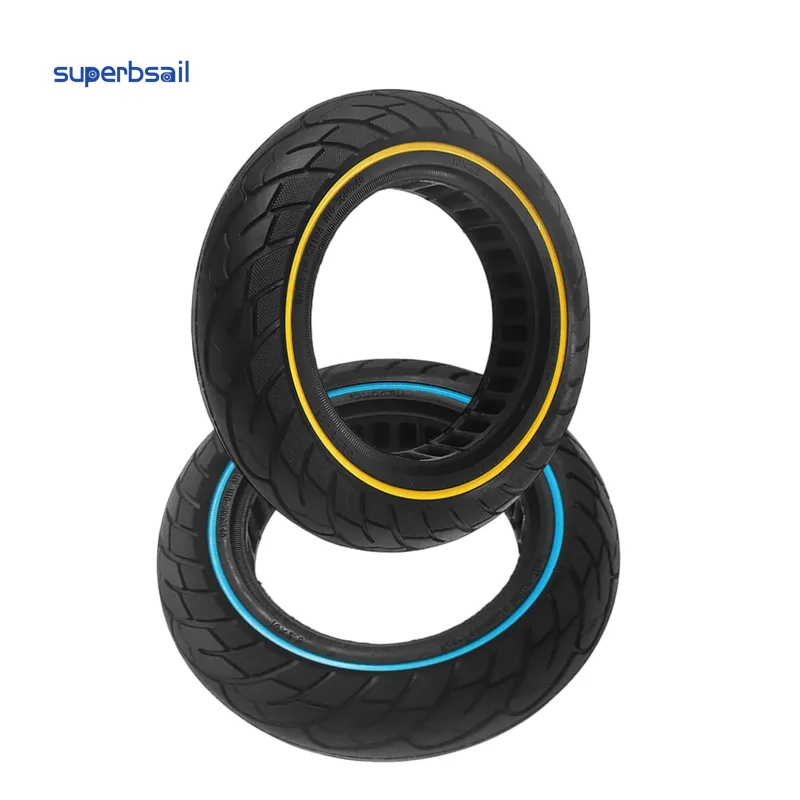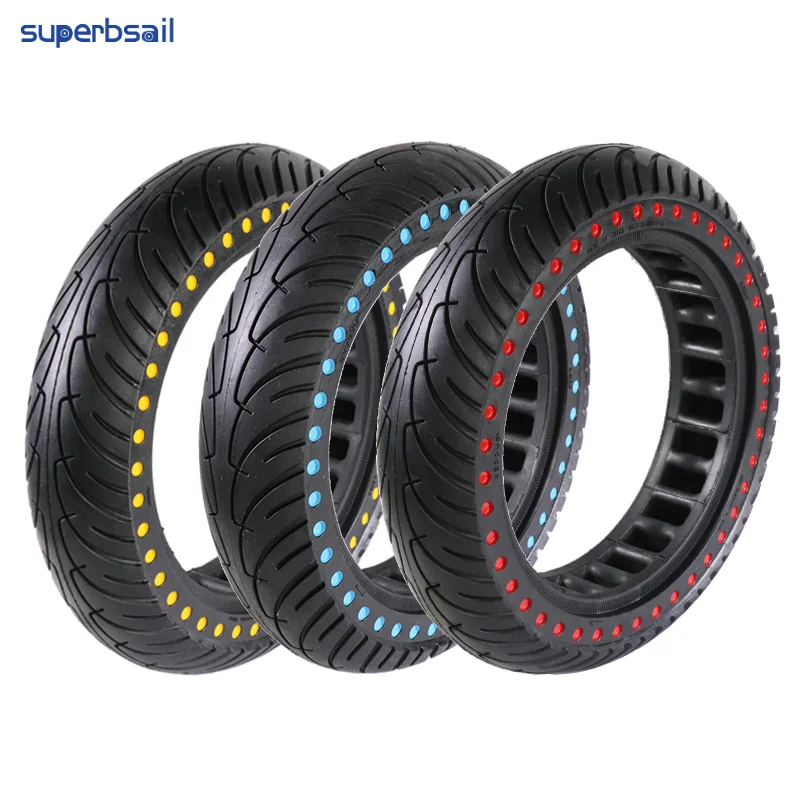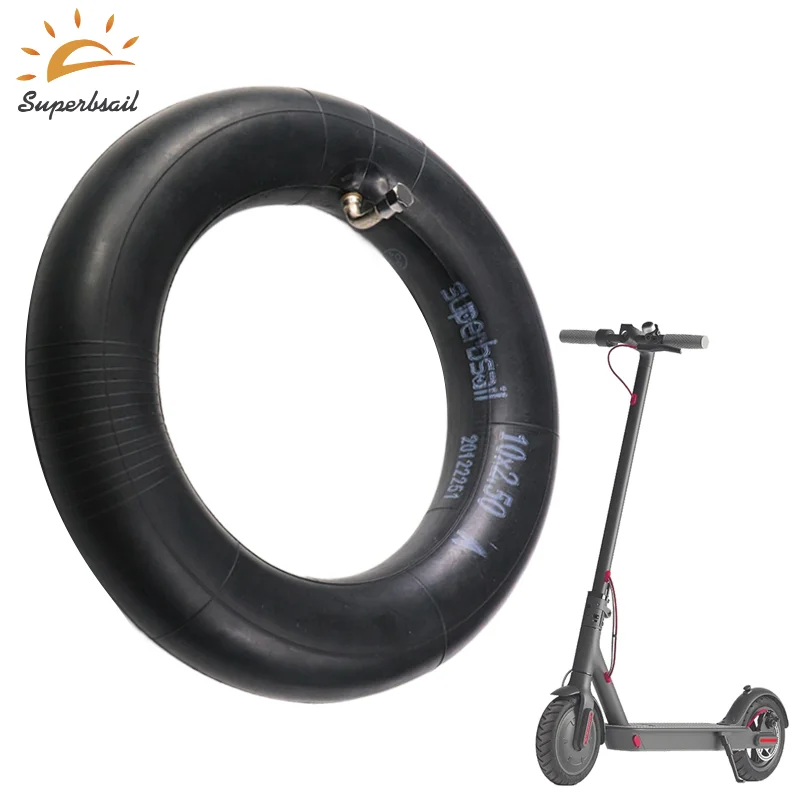Cycling tires are specifically designed to cater to different terrains and riding styles. Road tires, characterized by their narrow width and smooth tread patterns, minimize rolling resistance and are ideal for swift rides on pavements, making them a popular choice for racing or commuting. Mountain tires, on the other hand, boast a wider frame and aggressive treads, which are essential for grip and shock absorption. They excel in off-road conditions filled with rough terrains and obstacles. Gravel tires strike a balance, offering a moderate width and varied tread designs that provide versatility, handling both paved roads and light trails efficiently.
Tread patterns on bicycle tires significantly influence traction and efficiency, tailored to different cycling needs. Slick patterns, typically found on road tires, are designed to minimize rolling resistance, enhancing speed for competitive racing. In contrast, knobby tread patterns are vital for mountain biking, providing exceptional grip on loose terrain, allowing cyclists to maneuver uphill climbs and rugged descents. Hybrid tread patterns cater to urban commuting, combining elements for both grip and performance, which make them ideal for variable surfaces and everyday riding.
Choosing between tubeless and tubular tires involves weighing benefits against practical challenges. Tubeless tires, by eliminating inner tubes, reduce the risk of pinch flats and accommodate lower pressure settings, enhancing both comfort and traction. This setup suits cyclists looking for a smoother ride with fewer maintenance issues. Conversely, tubular tires, sewn shut and glued to rims, offer aerodynamic efficiency and lighter weight, appealing particularly to competitive cyclists who prioritize performance. However, their complex installation and repair difficulties can be a disadvantage in terms of convenience.
For more detailed insights on specific products, visit these recommended brands: Tubeless tires from Stan's No Tubes, and Tubular offerings from Continental AG.
Modern cycling tires often incorporate advanced rubber formulations to enhance both performance and longevity. These high-performance rubber compounds are designed to provide superior grip while reducing wear and tear, making them perfect for riders who prioritize speed and durability. Not only do these compounds improve rolling efficiency, but they also offer increased resistance to punctures, which is a significant advantage in competitive cycling. Leading brands in the industry specify their rubber technologies to give racers a competitive edge, ensuring optimal performance in every ride.
Aerodynamic designs are critical for road cyclists who aim to maximize speed. These specially shaped tires work to reduce drag, making them invaluable for competitive cycling. Aerodynamic tires often feature specific tread patterns that offer optimal performance across various wind conditions. Manufacturers conduct extensive wind tunnel tests to refine these designs, ensuring that cyclists experience minimal resistance. By investing in such technology, cyclists can significantly enhance their performance, making each ride smoother and faster.
For those who embark on lengthy and unpredictable rides, puncture-resistant casings are essential. These technologies often include added layers or specific materials that boost the tire's durability against punctures. Additionally, reinforced sidewalls on these casings aid in preventing pinch flats, especially when navigating rough terrains. For adventure cyclists, investing in puncture-resistant cycling tires not only minimizes the risk of delays caused by unexpected punctures but also ensures a more enjoyable and worry-free ride on any path taken.
Electric scooter technology has seen an interesting crossover from the cycling world, with products like the EU Stock 10x2.50 Honeycomb Solid Tire for MAX G30 Series spearheading the movement. These solid tires offer a puncture-proof design, significantly enhancing reliability for urban e-scooter users. The innovative honeycomb structure allows for flexibility while maintaining durability, akin to some high-performance bicycle tires. Such characteristics reduce maintenance needs considerably, making them an ideal choice for high-mileage urban commuters.

The explosion-proof 8.5" rubber tires for Xiaomi M365 models integrate advanced materials that significantly enhance safety by resisting traction loss and potential blowouts. The cushioning elements within the rubber provide improved comfort, a crucial factor in user satisfaction. These tires mirror the sophistication found in cycling tires, owing much to cycling technology in their development. Their functionality bridges the gap between traditional cycling tires and modern e-scooter technology, making them highly appealing for a variety of users.

The 10x2.5 Inner Tube with Bent Valve offers user-friendly features tailored for urban commuters. The bent valve design simplifies the inflation process and troubleshooting, making maintenance easy and stress-free. These inner tubes draw inspiration from bicycle tire designs, but they are refined for scooter specifications. Their ease of replacement and broad compatibility make them a popular choice for both scooter novices and cycling enthusiasts who seek seamless solutions.

Selecting the right bike seat is crucial as it can influence how tires wear over time. The seat's height and position affect the weight distribution on the bike, thereby impacting how tires contact the ground. If a seat is incorrectly positioned, it can lead to uneven tire wear, reducing overall performance and necessitating timely replacements. Hence, cyclists should pay attention to proper bike seat positioning, ensuring it is in accordance with fitting guidelines. This can significantly enhance tire longevity and improve the overall riding experience.
Every cyclist must equip themselves with essential tire maintenance tools to ensure optimal performance and safety on the road. Tools such as tire levers, patch kits, and portable pumps are indispensable for efficient tire maintenance. Regular inspections, including checking tire pressure and tread depth with basic gauges, are vital to prevent unexpected failures. Educating cyclists on these maintenance practices can prolong tire life and significantly enhance safety. Regular maintenance not only saves costs but also ensures a smoother riding experience.
Wheel rims play a pivotal role in tire compatibility and cycling performance. Upgrading to high-quality rims can enhance both speed and control by accommodating various tire specifications. Different rim materials and widths can significantly affect handling and comfort. Cyclists aiming for optimal performance should consider investing in rims that offer superior compatibility with their tire choices. Making an informed decision on wheel rim upgrades can lead to a faster, more controlled, and comfortable cycling experience.
Ensuring that each bicycle component is aligned with specific tire designs can significantly optimize performance. Every element, from the frame to the gearing system, must work cohesively with the tire for maximum efficiency. Choosing the right tires based on the dynamics and weight of other bicycle parts can enhance ride quality. For example, a lightweight frame paired with tires designed for speed can yield excellent results. Industry experts frequently emphasize the importance of matching these components to achieve improved performance. This alignment not only boosts efficiency but also contributes to a more enjoyable and smoother ride, as the bicycle operates as a harmonized entity.
Weight distribution plays a crucial role in both rider comfort and tire performance across various terrains. Ensuring optimal weight distribution, from the positioning of the bike seat to maintaining the correct tire pressure, is essential for a balanced ride. For instance, a well-positioned bike seat ensures that the rider's weight is evenly spread, promoting better grip and control over the bicycle. Maintaining proper tire pressure based on this distribution can significantly reduce the risk of flats while enhancing the bike's handling abilities. Comprehensive studies highlight that balancing weight and tire pressure can boost cycling efficiency, providing a safer and more enjoyable experience.
Cyclists must consider seasonal changes when selecting bicycle accessories to maintain optimal tire performance throughout the year. For instance, winter conditions may require specialized tires with specific treads to handle snow and ice effectively. Similarly, adaptable bicycle accessories allow riders to adjust their setups to accommodate various weather conditions, which can prolong tire life and improve safety. Evaluating the necessary accessories as seasons change is crucial for cyclists aiming to maintain peak performance. This approach not only ensures the longevity of tires but also contributes to a more satisfying and secure riding experience regardless of the season.
The positioning and height of a bike seat can impact rider weight distribution, which in turn affects tire wear. An incorrectly positioned seat can lead to uneven tire contact with the ground, resulting in premature wear and reduced performance. For instance, a low seat height might cause increased pressure on the rear tire, leading to quicker wear. Therefore, cyclists should refer to fitting guidelines to optimize their seat positioning, ultimately enhancing tire longevity and maintaining a balanced ride.
Every cyclist should own essential maintenance tools like tire levers, patch kits, and portable pumps for optimal tire upkeep. Regularly inspecting tire pressure and tread depth with basic gauges can prevent tire malfunctions and enhance the riding experience. Simple maintenance checks can prevent more severe issues from arising, prolonging tire life. Educating cyclists about these basic maintenance practices not only extends the tire's lifespan but also ensures a safer ride.
Upgrading wheel rims can dramatically enhance tire compatibility and overall cycling performance. The choice of rims, varying by width and material, can greatly affect how tires meet performance specifications, impacting speed and control. Investing in high-quality rims designed for your chosen tires can lead to a smoother ride and improved handling. Therefore, cyclists should consider the specific requirements of their tires when selecting rims to ensure they achieve the desired performance on their rides.
 Hot News
Hot News
© Copyright 2024 Shenzhen New Image technology Co., Ltd All Rights Reserved Privacy policy